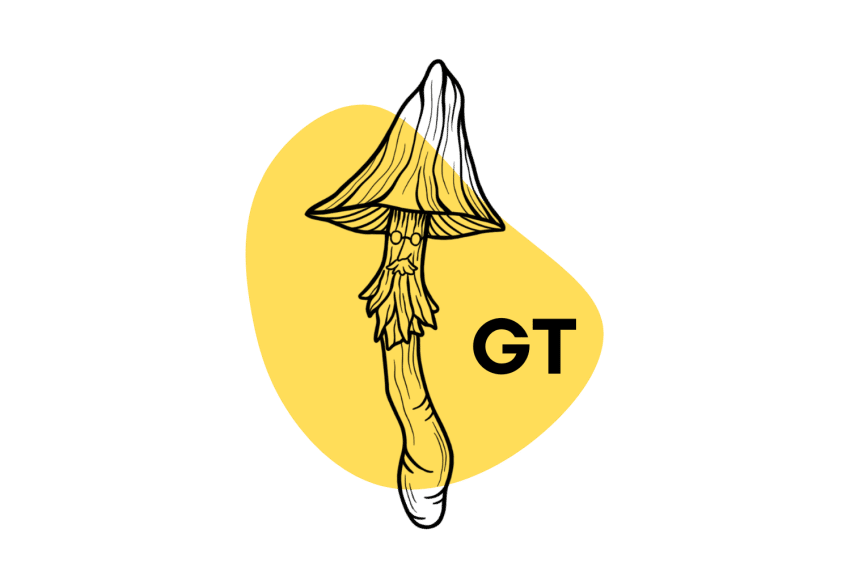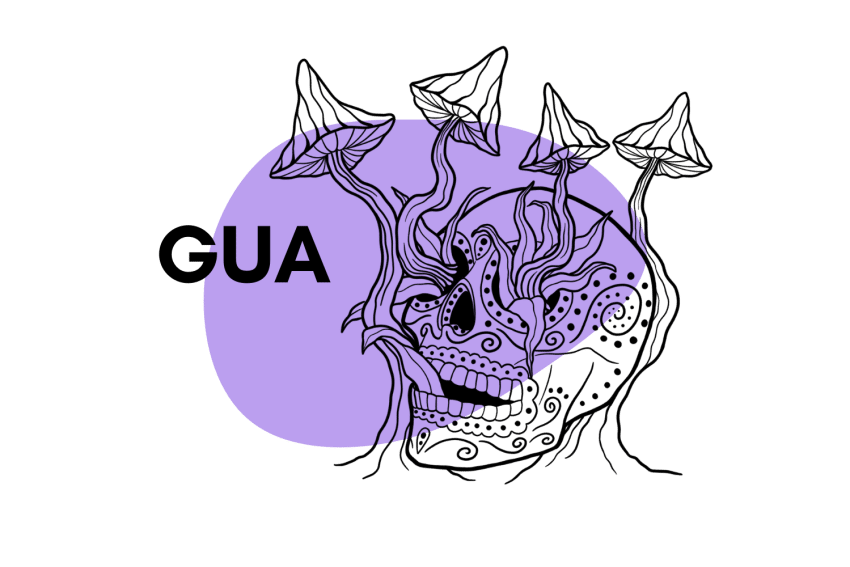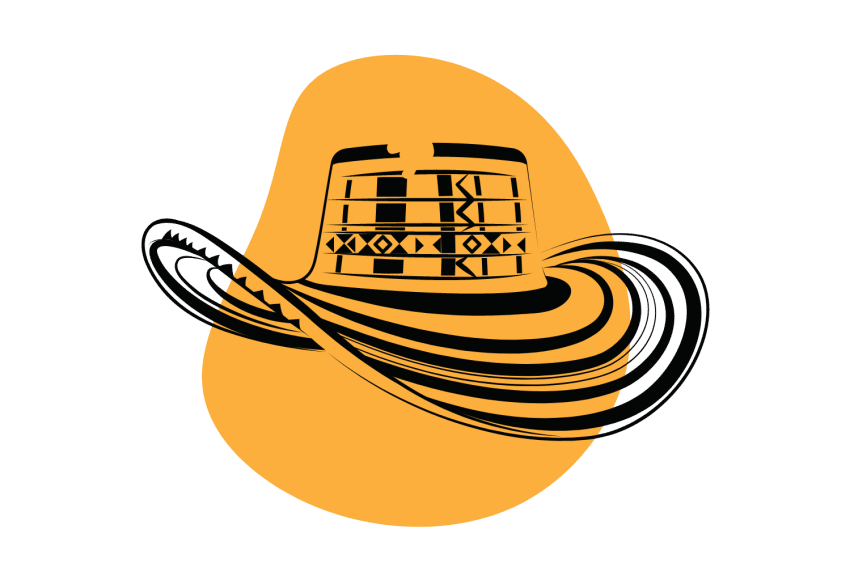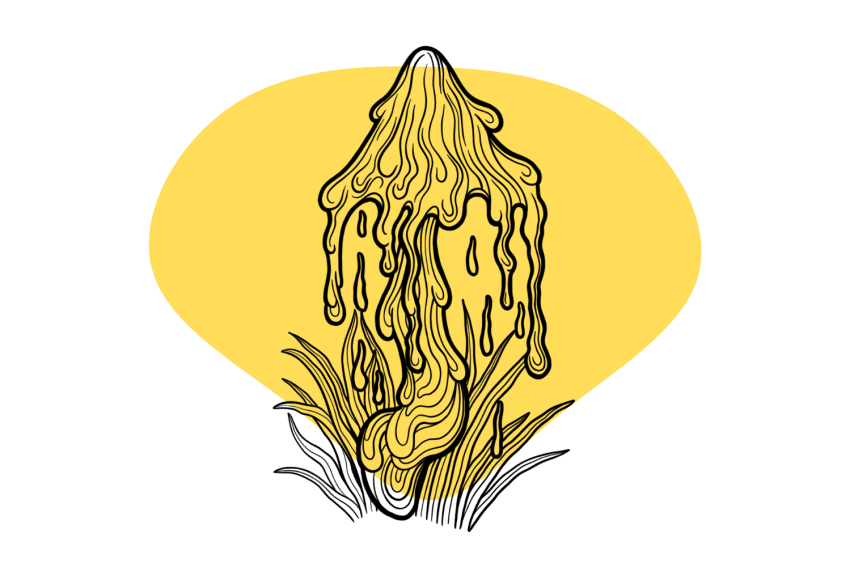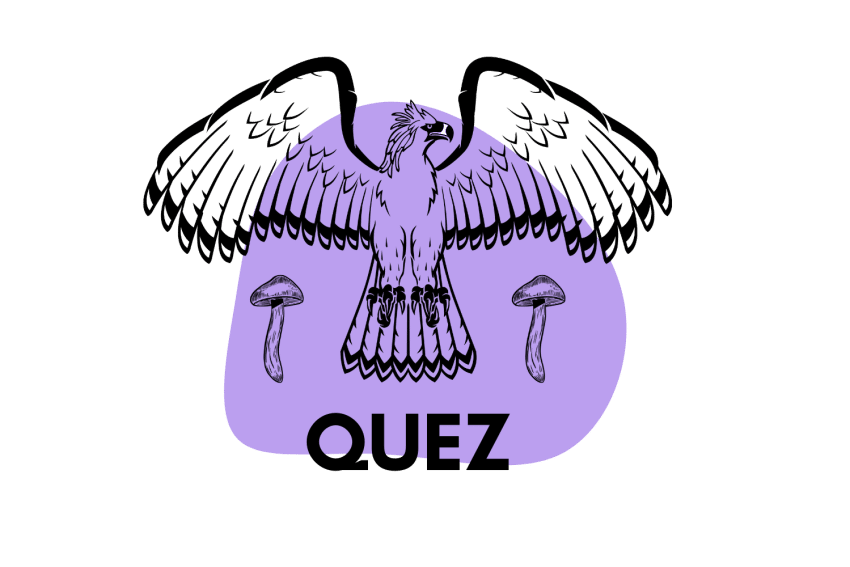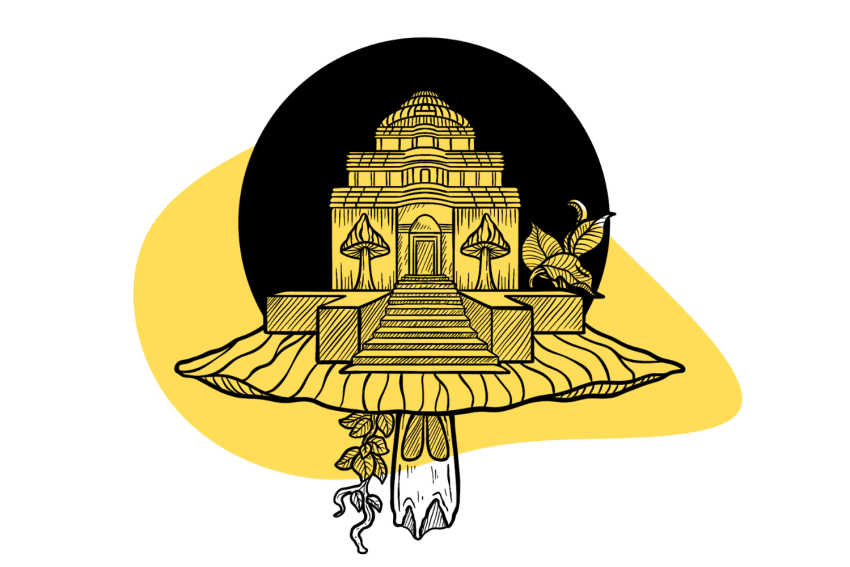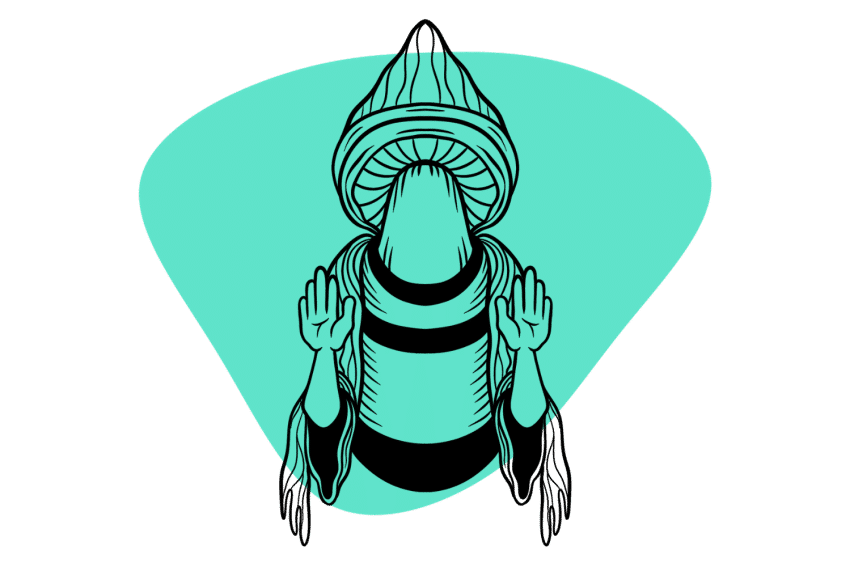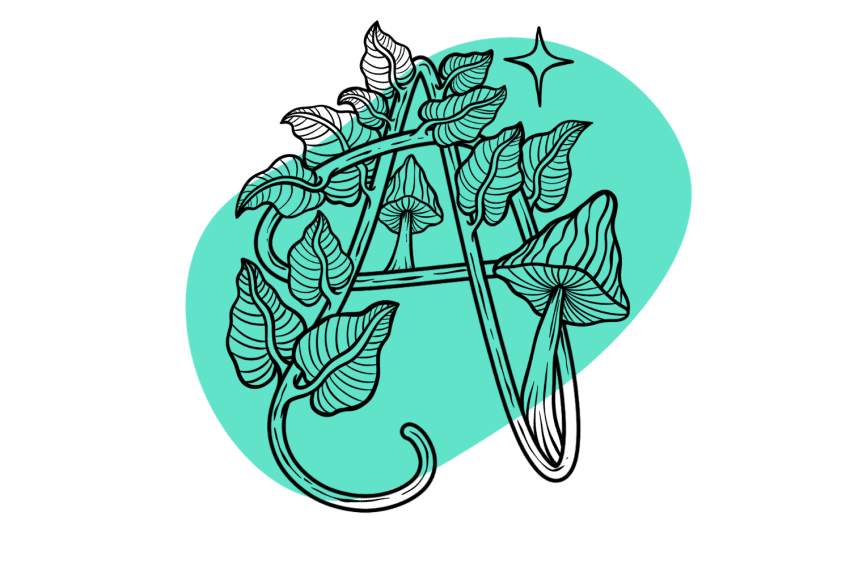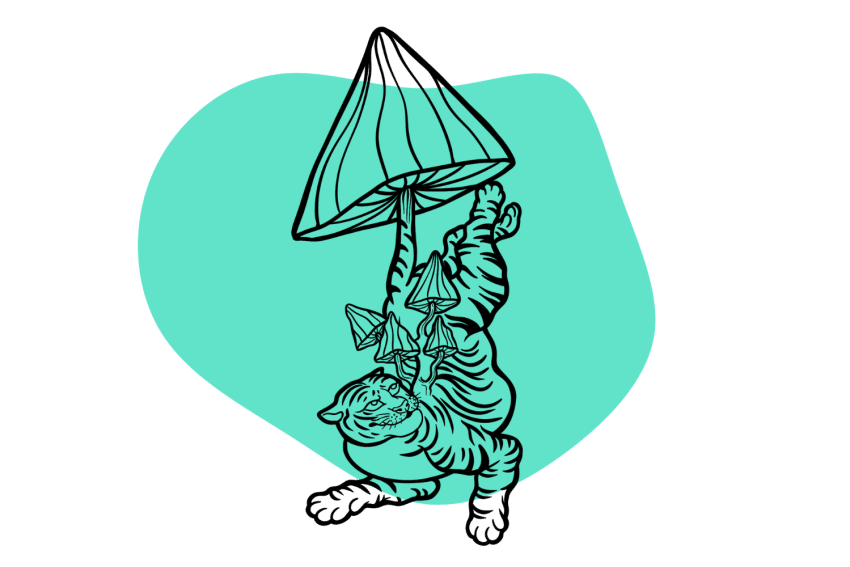Ban Hua Thanon: An Intriguing Thai Strain of Psilocybe cubensis
Looking to grow shrooms? The Ban Hua Thanon strain is a good way to test your green thumb 💪 As long as it’s legal, of course…
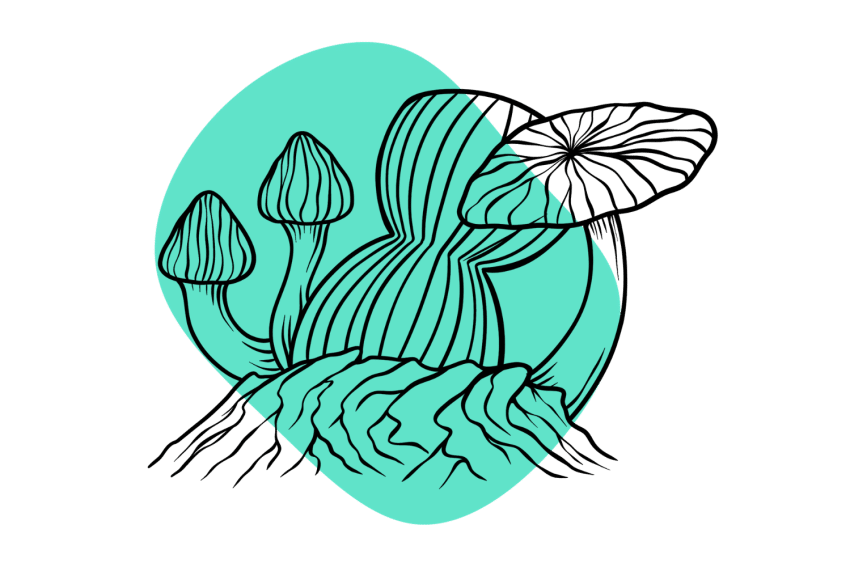
John Allen found Ban Hua Thanon (BHT) growing on the island of Koh Samui, close to where he collected the much more famous “Koh Samui strain” during his travels in the 90s.
Some confusing resources claim Ban Hua Thanon was discovered on a Vietnamese island called “Ban Hua Thanon.” However, this is false information.
Although the Ban Hua Thanon strain never achieved the popularity of other southeast Asian strains, it’s found itself a healthy niche following among some growers in the United States.
This strain is highly regarded for its excellent contamination resistance and heat tolerance. It’s also a characteristically aggressive colonizer and can cope with unoptimized growing environments, traits that make it a fantastic choice for beginner cultivators.
Ban Hua Thanon’s potency is comparable to other Southeast Asian strains, such as Ban Phang Ka and Lipa Yai. Psilocybin levels are relatively average, but good yields over several dense flushes make up for the lack of potency.
In terms of looks, Ban Hua Thanon is also pretty average. The mushrooms look similar to Golden Teachers, producing long white stems of moderate thickness and rounded golden caps that are convex through maturity. There’s a darker brown circle on the center of the caps, and a small nipple can protrude from here but not always.
Overall, Ban Hua Thanon is a well-rounded strain that won’t win any awards for potency or looks. However, what it lacks in appearance and psilocybin levels, it makes up for contamination resistance, aggressive colonization habits, and decent yield potential.
Related: View All Magic Mushroom Strains
Ban Hua Thanon Specs
| Potency | Average 🍄 |
| Cultivation | Easy |
| Species | Psilocybe cubensis |
| Substrate Recommendation | Rye Grain, Bird Seed, BRF, Coco Coir & Vermiculite |
| Cost | $$ |
| Sold By | Sporeslab, Spores 101, High Desert Spores, Mushroom Prints |
Ban Hua Thanon Potency & Psilocybin Content
Ban Hua Thanon is fairly average as far as Psilocybe cubensis go. Its potency is comparable to other Southeast Asian strains such as Lipa Yai, Ban Thurian, and Thai.
Many people absolutely love the effects, although its psilocybin levels aren’t anything to write home about. The high is often spiritual, with the possibility of good open-eye visuals if you take two or more grams of dried shrooms.
Unfortunately, we haven’t found reliable data on Ban Hua Thanon’s content, so we don’t know the psilocybin levels. However, many cultivators and psychonauts who have tried the strain claim it’s more potent than what’s described by spore vendors.
Perhaps its potency is more comparable to one of its close relatives, Koh Samui — this strain can produce over 1% psilocybin (dry weight) when it grows in the right conditions. One Koh Samui sample cultivated by “purple_skunk” produced an overall tryptamine content of 0.86% in the Spring 2021 Oakland Hyphae Psilocybin Cup — not bad at all.
We won’t know exactly how potent BHT is until there is solid test data. However, trip reports on Reddit and Shroomery make it sound fairly strong.
Ban Hua Thanon Genetic Relatives
Ban Hua Thanon is one of many Thai Psilocybe cubensis strains that grow on the island of Koh Samui and has several close genetic relatives:
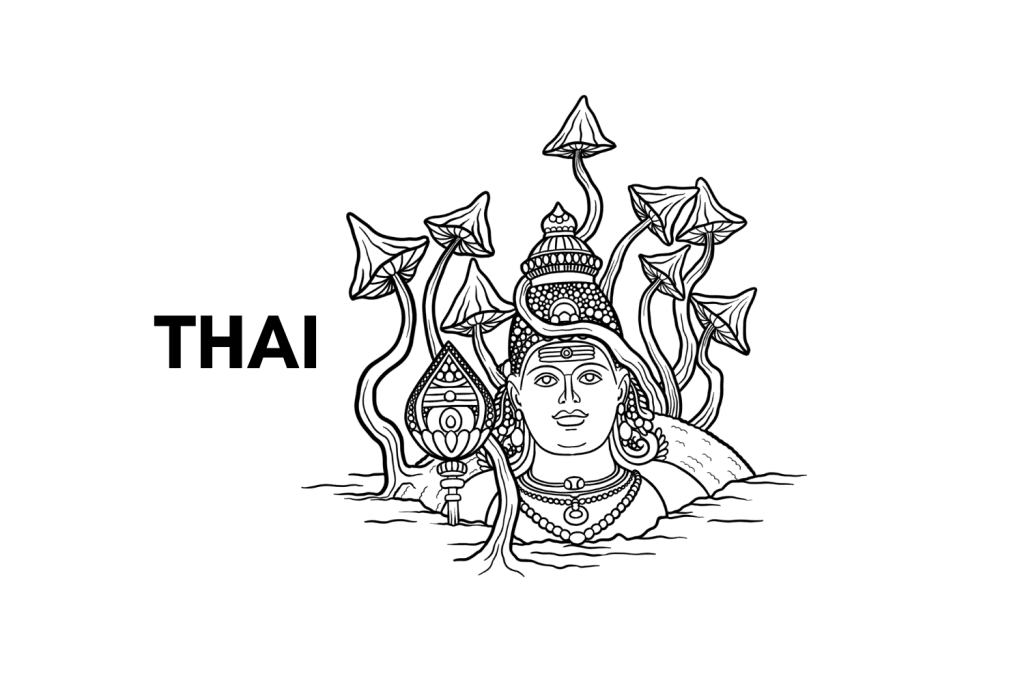
Thai (THAI)
The Thai strain is yet another strain collected by John Allen and, of course, discovered on the island of Koh Samui.
These mushrooms are medium-sized with rounded brown caps that gradually flatten over time. The stems are creamy white and relatively thick, although not as thick as Koh Samui. They have average potency and grow in dense clusters.
Like Ban Hua, Thai is extremely contamination-resistant and can thrive in a less-than-stellar growing environment, making it well-rounded and excellent for beginner cultivators.
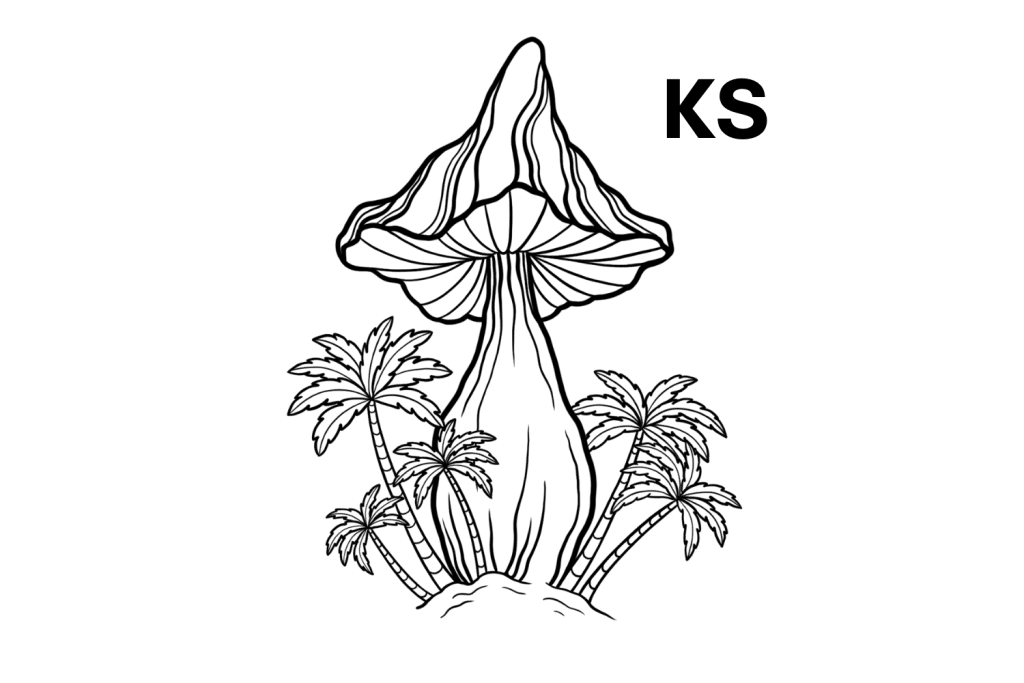
Koh Samui (KS)
The Koh Samui strain was collected very close to the site where Ban Hua Thanon was collected.
This strain is extremely popular because it’s contamination-resistant, can cope with unoptimized growing conditions, and can produce several flushes of healthy mushrooms.
This strain is famous for producing “Fatasses” — short mushrooms with incredibly fat stems that are often wider than the caps. The shrooms tend to have above-average potency and grow easily with minimal equipment or knowledge.
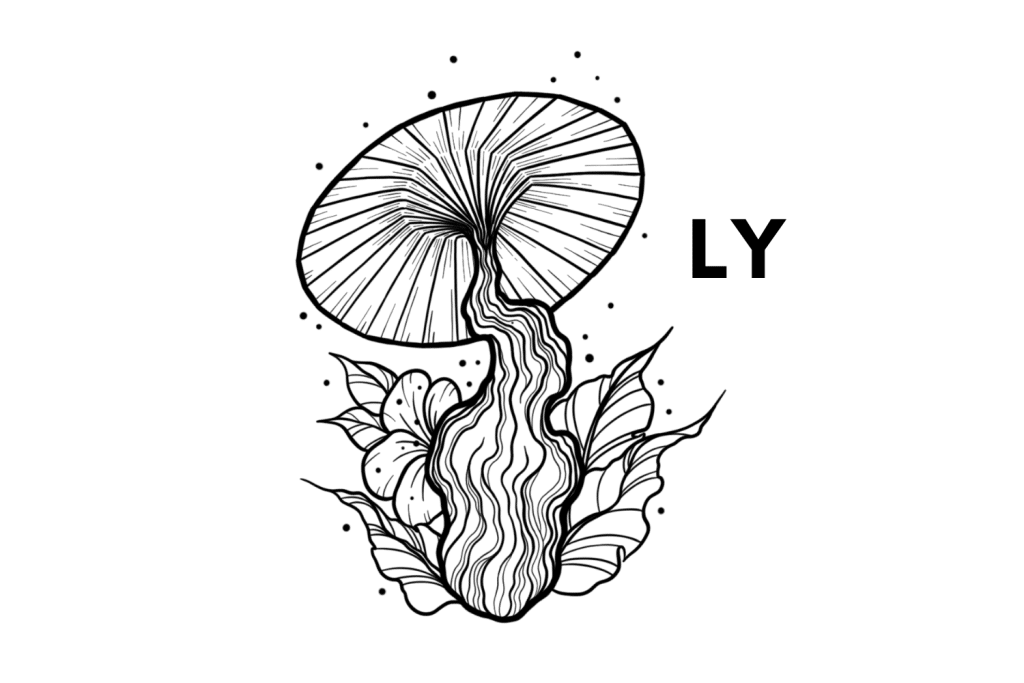
Lipa Yai (LY)
Lipa Yai is extremely similar to the Thai strain and Ban Hua Thanon. Like most Southeast Asian strains, John Allen discovered Lipa Yai on Koh Samui while traveling through the region.
Lipa Yai mushrooms are tall and thin, with brown caps and light stems — similar to many strains on the island. They have average to above-average potency and hold their size when dried.
Beginner growers love its excellent contamination resistance and ability to grow in poor conditions.
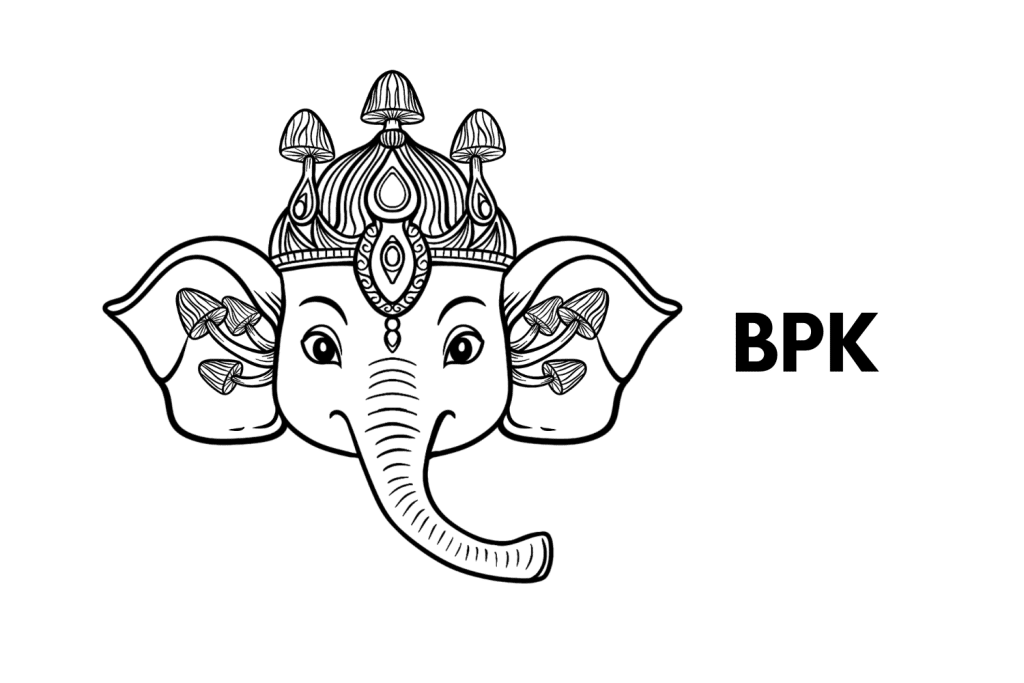
Ban Phang Ka (BPK)
Ban Phang Ka, unsurprisingly, was discovered by the legend John Allen himself and has all the traits of a typical Thai strain — contamination resistance, fast colonization speeds, and prolific fruiting. However, this one is a little different from the others mentioned here.
Bang Phang Ka’s characteristics are similar to Ban Hua Thanon’s but produce impressively large fruiting bodies. If you’re lucky enough to find these rare spores, this strain will reward you greatly with huge shrooms of above-average potency.
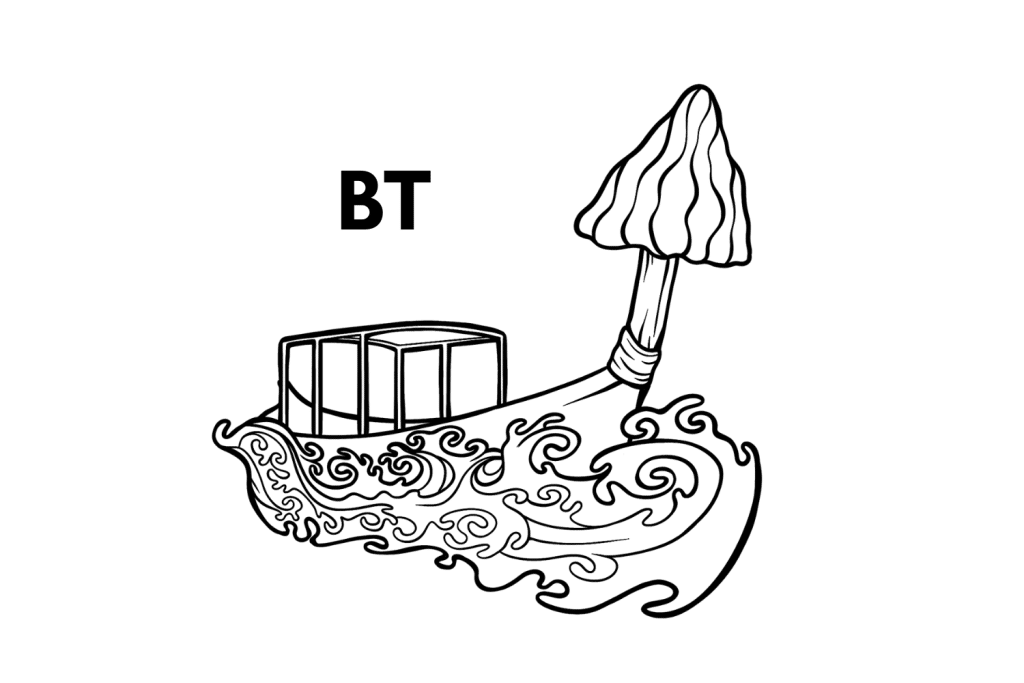
Ban Thurian (BT)
Ban Thurian was also discovered by John Allen on the island of Koh Samui. It’s basic in terms of looks and potency. And, like the many other Thai strains, Ban Thurian is extremely easy to grow, thanks to its contamination resistance and ability to thrive in less-than-ideal environments. Notice a trend here?
Ban Thurian is an aggressive colonizer, and it fruits extremely quickly, making it ideal for people looking for a strain for commercial production or fast yields at home.
Where to Buy Ban Hua Thanon Spores
Ban Hua Thanon spores are widely available from vendors that ship across the United States, Canada, and most of Europe. Genetics are available in prints, swabs, and spore syringes, but the best and most hassle-free samples come in syringes — these are ready to go and can be injected directly into the substrate.
- If you live in the United States — Spores 101, Miracle Farms, or High Desert Spores
- If you live in Canada — Sporeslab, Spores 101, and Mushroom Prints
- If you live in Europe — The Magic Mushrooms Shop
How to Grow Ban Hua Thanon Mushrooms
Ban Hua Thanon mushrooms are famous for being extremely easy to grow. The strain isn’t fussy in terms of substrate or temperatures, providing it doesn’t drop below 20℃ (68℉) during fruiting.
PF-Tek is the easiest way to cultivate this and several other Psilocybe cubensis strains. This technique requires some basic equipment from local hardware and pet stores.
Fill sterile jars with a growing medium and inoculate with spores using a syringe. Leave the jars in a dark place for two to three weeks until the substrate is fully colonized with mycelium.
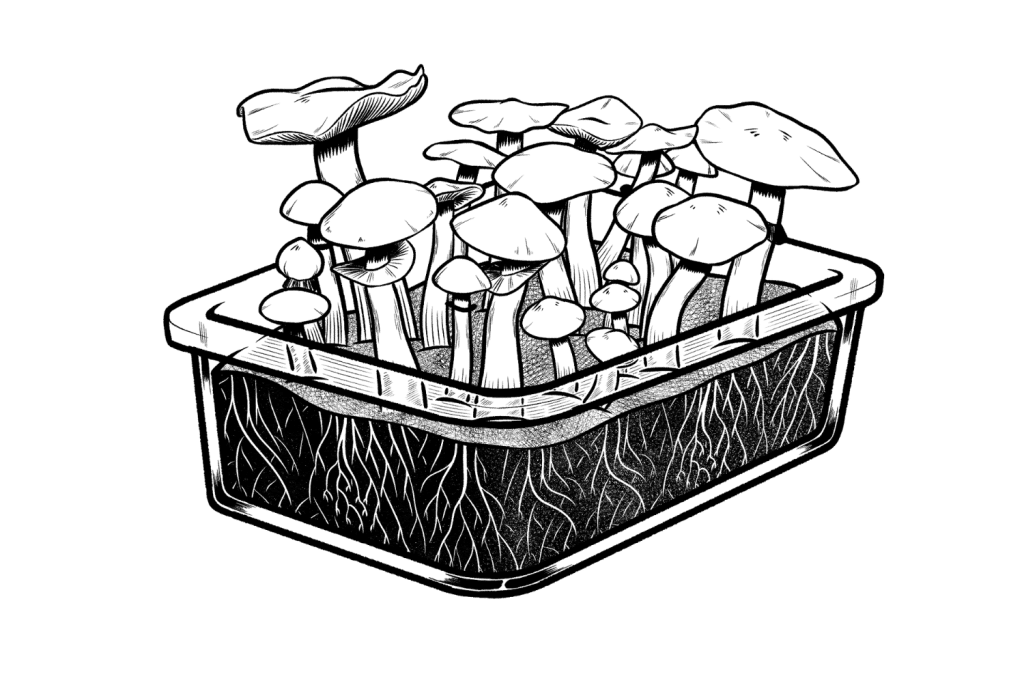
Once the mycelium has taken over the jars, remove the “cakes” of mycelium and place them in a fruiting chamber — a simple box with good airflow and a layer of substrate on the bottom.
Put a heat mat underneath the fruiting chamber to keep the temperature stable, and control the humidity by using a spray bottle filled with water.
Small Ban Hua Thanon mushrooms will begin to appear after a few days in the fruiting chamber. You can harvest them as they mature and before they drop spores. The mycelium cakes continue to fruit until the colony eventually succumbs to contamination and mold takes over.
There’s a bit more to PF-Tek than what we described. To find out exactly how to cultivate shrooms using this method, check out this guide on growing mushrooms.
Other Beginner Magic Mushroom Strains
Ban Hua Thanon is a fantastic strain for beginner cultivators, but it’s not the only easy-to-grow strain.
Here are a few other beginner strains we love for their simplicity:
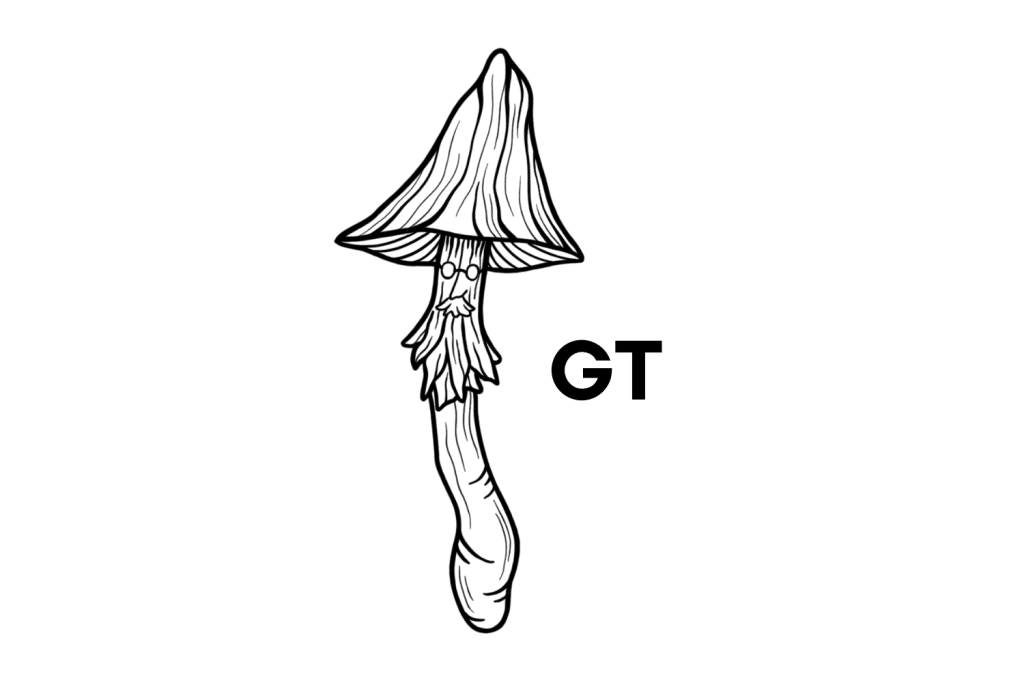
Golden Teacher (GT)
Golden Teacher is the most common and popular P.cubensis strain available. It has been circulating the spore market since the early 80s and has gained quite a following. It’s the go-to strain for beginner growers because it’s extremely easy to cultivate.
Its exact origins have been lost with time, but it’s possible the original sample was collected somewhere in the Gulf region of the United States.
This is a well-rounded strain with above-average potency, grows quickly, and can be cultivated on pretty much any kind of substrate. It’s the ultimate beginner strain, but perhaps a little too “mainstream” for some.
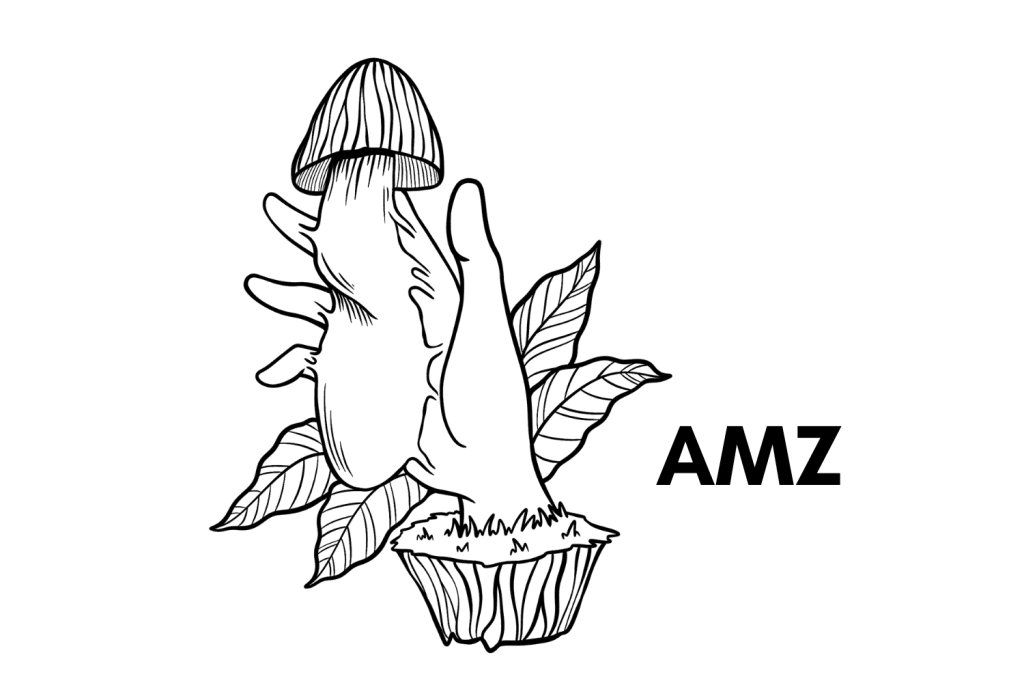
Amazon (AMZ)
The Amazon strain goes by many different names, including PESA, PES Amazon, Amazonia, and Amazon cubensis. Don’t let the difference in names put you off; they’re all the same.
Amazon produces huge mushrooms of above-average potency. It’s contamination-resistant, colonizes aggressively, and grows in an unoptimized environment — the perfect strain for beginners that desire to grow something a little different from your typical Golden Teacher.
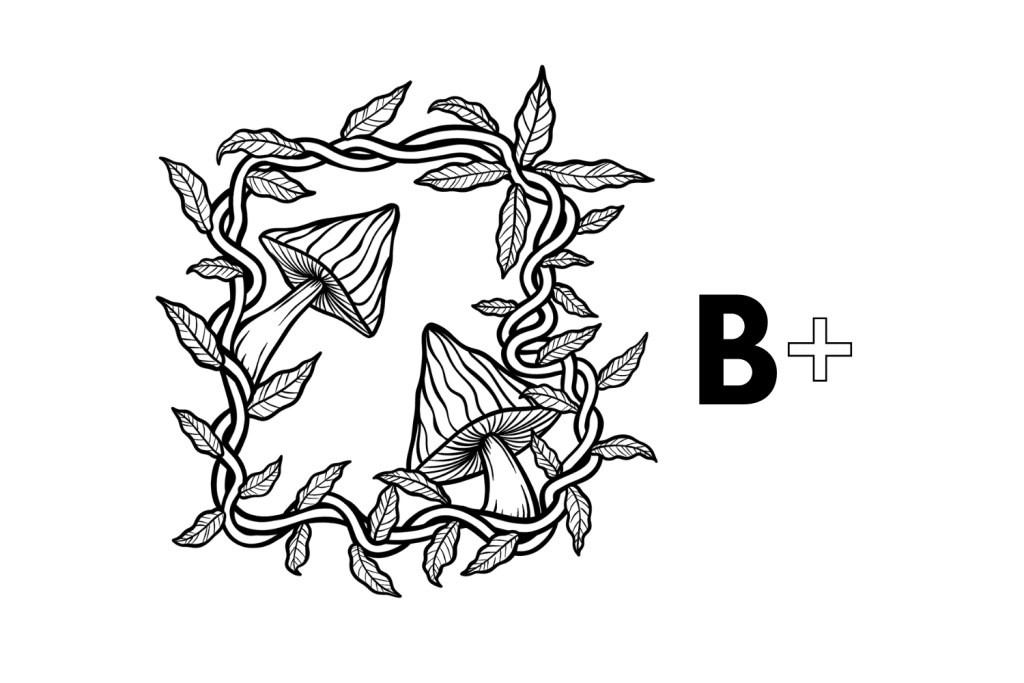
B+ Strain
The B+ strain is a popular strain among the mushroom community — a classic created by the legendary Shroomery contributor and mycologist Mr. G.
Apparently, this is a hybrid between Psilocybe cubensis and Psilocybe azurescens. However, this is hotly debated and unlikely because the two separate species wouldn’t produce viable offspring.
It’s easy to see why people would believe that B+ is a hybrid of these two species because the strain has several features that closely resemble the characteristics of both.
It’s slower to start than most others but still straightforward to grow, and great for beginners with the patience to wait for great rewards.
Strains vs. Species: What’s the Difference?
If you’ve had a scroll through our strain profiles, you’ll know that there are hundreds of different P. cubensis strains. So, what exactly is a strain if it’s not an entirely different species?
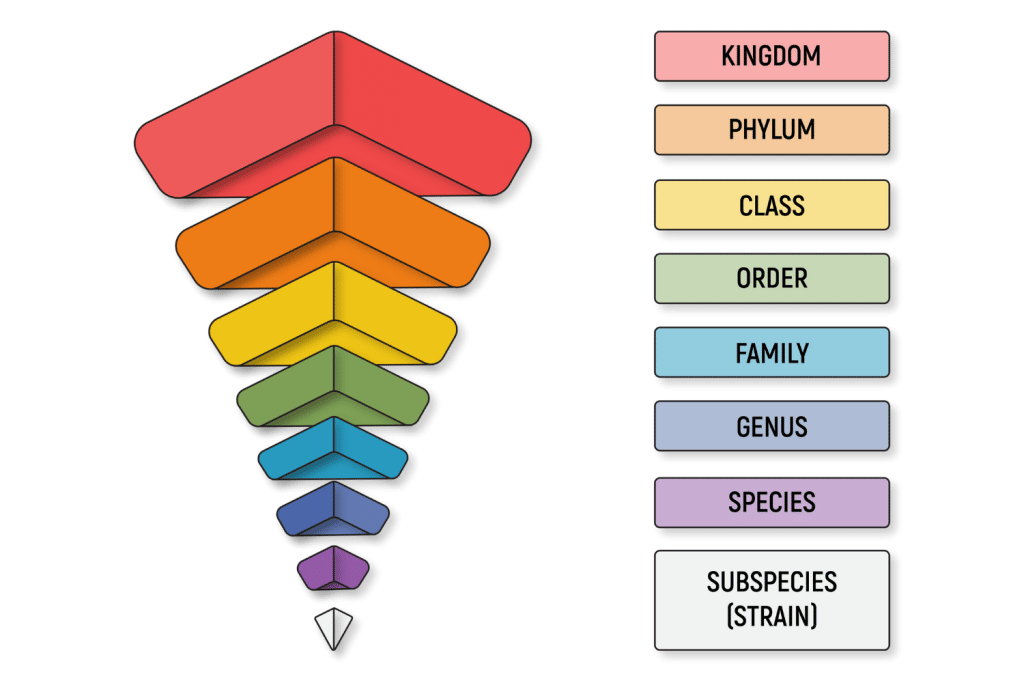
Strains are genetic variants within a single species. Although two strains can look different — Penis Envy and Ban Hua Thanon, for example — both belong to the same species, Psilocybe cubensis.
Psilocybe cubensis is just one of the hundreds of different species of psychedelic mushrooms. Specific growth characteristics define species, drawing clear boundaries between them. A strain within a single species can have several differences, but biologically, it belongs to the same family.
You’ll find strains in all six kingdoms on planet Earth — look at the animal kingdom. Dogs (Canis familiaris) are a single species in the animal kingdom. So, why are there so many different-looking dogs out there?
Dogs with different characteristics, such as a Border Collie and a Great Dane, belong to the same species but have vastly different genetics. In a sense, dog breeds are different “strains,” but we don’t call them that.
The same goes for others, such as the plant kingdom. Several strains within different species produce altered colorations in foliage, blooms, and bark. Marijuana and kratom are great examples of this.

